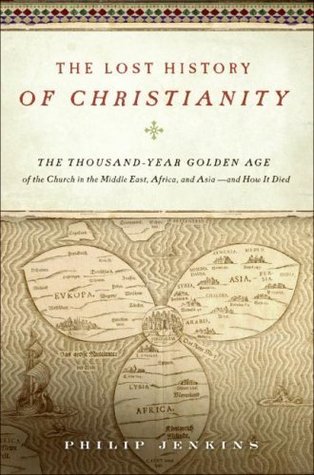Throughout the Middle Ages, Syriac Christian scholars continued to use thoroughly Semitic literary styles and approaches to scripture, which often gives their work a startlingly primitive feel. These churches had a boundless veneration for the Bible, which they read in their own Semitic language. In Nestorian epitaphs from China and central Asia, the highest praise is reserved for those who interpreted the scriptures. From the year 1316, “year of the dragon,” we find a commemoration of “Shliha the celebrated commentator and teacher, who illuminated all the monasteries with light, son of Peter
...more
Welcome back. Just a moment while we sign you in to your Goodreads account.


